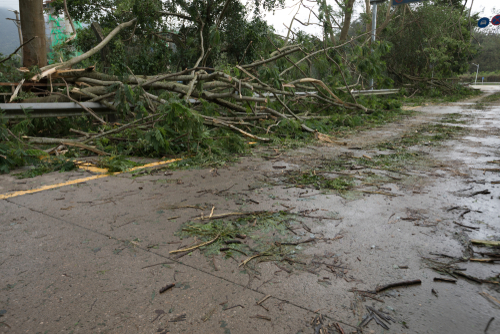
On Tuesday, the U.S. Department of Transportation’s Federal Highway Administration (FHWA) said it was providing more than $729 million to help states and territories repair and rebuild roads and bridges damaged due to natural disasters and extreme weather events.
The funding, part of the FHWA’s Emergency Relief (ER) program will help fund projects in 34 states, the District of Columbia, the U.S. Virgin Islands and Puerto Rico that are the result of major disaster declarations.
“As the climate crisis accelerates, more Americans are feeling the consequences in the form of extreme weather that devastates communities and destroys vital infrastructure,” U.S. Transportation Secretary Pete Buttigieg said. “These funds will help restore critical transportation connections across the country as communities continue to repair and rebuild infrastructure damaged by extreme weather.”
The FHWA’s ER program provides funding for states to perform the repairs following hurricanes, flooding and mudslides. The program includes funding for continued repairs from events in 2022 like flooding in and around Yellowstone Park and Hurricanes Ian, Fiona and Nicole. Additionally, the funding will address damage due to flooding and mudslides in Vermont and other damage from disasters in 2023.
Projects funded include more than $223 million for Florida to repair damage from the 2022 hurricane season; $12 million for Kentucky to repair damage from storms and flooding in 2022, as well as tornadoes in 2021 and flooding in 2019; and nearly $134,000 for the District of Columbia for a 2019 summer storm event.
“Climate change is devastating communities across the U.S., in every state. Our transportation system was not designed to handle the climate impacts we are seeing in the 21st Century,” FHWA Administrator Shailen Bhatt said. “Since January 2022, FHWA has distributed over $1.3 billion in Emergency Relief dollars to help states make repairs because of climate-related events. The Bipartisan Infrastructure Law is providing new programs and funding opportunities to help our transportation system be more resilient to climate change and get people and goods where they need to go safely.”